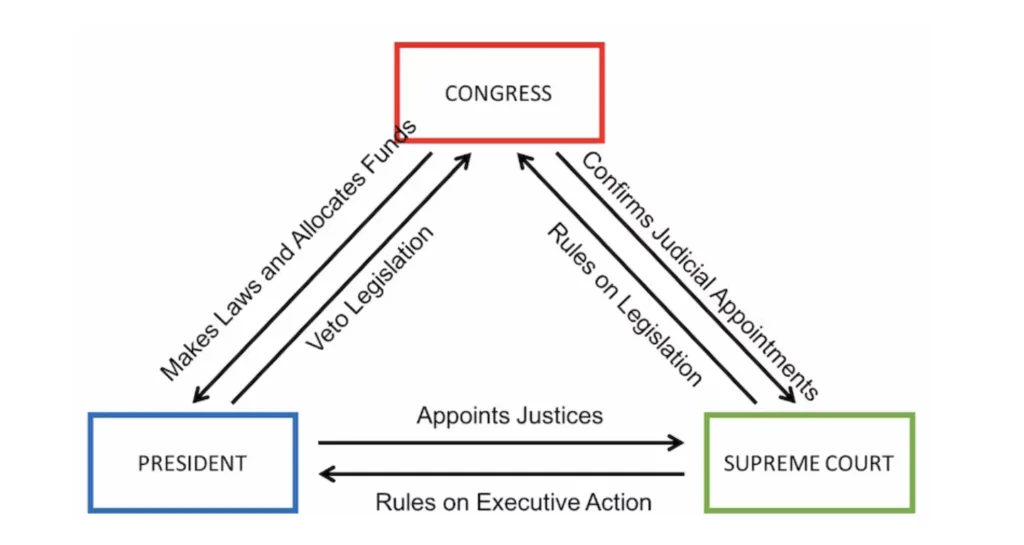Mechanism of Antibody-Drug Conjugates
Antibody-drug conjugates (ADCs) represent a groundbreaking advancement in targeted cancer therapy, merging the specificity of monoclonal antibodies with the potency of cytotoxic drugs. By leveraging the unique properties of antibodies, ADCs selectively deliver highly concentrated doses of chemotherapy to cancer cells while minimizing damage to healthy tissues. This approach not only enhances the efficacy of the treatment but also reduces systemic toxicity, making it a promising strategy in oncology.
The Structure of Antibody-Drug Conjugates
An ADC is typically composed of three crucial components: a monoclonal antibody, a cytotoxic drug (also known as the payload), and a linker that connects the two. The monoclonal antibody is engineered to recognize and bind to specific antigens expressed on the surface of cancer cells. This specificity is vital, as it ensures that the ADC targets only malignant cells, thereby sparing healthy ones.
The linker plays a pivotal role in the overall effectiveness of the ADC. It must be stable in circulation to prevent the payload from being released prematurely, yet capable of cleaving once the ADC has entered the tumor cell. Several types of linkers are utilized, including cleavable and non-cleavable linkers, each chosen based on the desired release mechanism and the type of cytotoxic drug.
Mechanism of Action
The mechanism of action of ADCs unfolds in several key steps:
Targeting and Binding: The process begins with an ADC interacting with its target antigen on a tumor cell. The antibody binds to the antigen with high affinity, facilitating internalization of the entire ADC into the cell through a process known as endocytosis.
Internalization and Trafficking: Once inside the cell, the ADC is encapsulated within endosomes, which eventually fuse with lysosomes. This trafficking is critical as it creates an environment where the payload can be effectively released.
Payload Release: Depending on the type of linker used, the cytotoxic drug is released into the cytoplasm of the tumor cell. In the case of cleavable linkers, the acidic environment of the lysosome or the presence of specific enzymes will trigger the release. Non-cleavable linkers, on the other hand, require the degradation of the whole ADC before the drug can be released.
Mechanism of Action of the Cytotoxic Drug: Once liberated, the cytotoxic drug can exert its effects on the cancer cell. These drugs are often designed to interfere with critical cellular processes, such as DNA replication or microtubule function, effectively leading to apoptosis (programmed cell death).
Resulting Anti-Tumor Effect: The targeted delivery of the cytotoxic agent results in a more potent anti-tumor effect compared to traditional chemotherapy. By focusing the treatment on cancer cells and limiting exposure to healthy tissues, ADCs aim to reduce side effects and increase overall treatment tolerability.
Conclusion
The development of antibody-drug conjugates is a testament to the advancements in biotechnology and pharmaceutical sciences. By merging the specificity of antibodies with the potency of chemotherapeutic agents, ADC chemical has carved a unique niche in cancer therapies. Ongoing research and clinical trials continue to optimize the design of ADCs, exploring different combinations of antibodies, linkers, and payloads. As we gain a deeper understanding of the tumor microenvironment and the mechanisms of resistance, ADCs hold great promise for improving outcomes in cancer treatment, ultimately leading to more effective and personalized therapeutic options for patients.
What's Your Reaction?



















